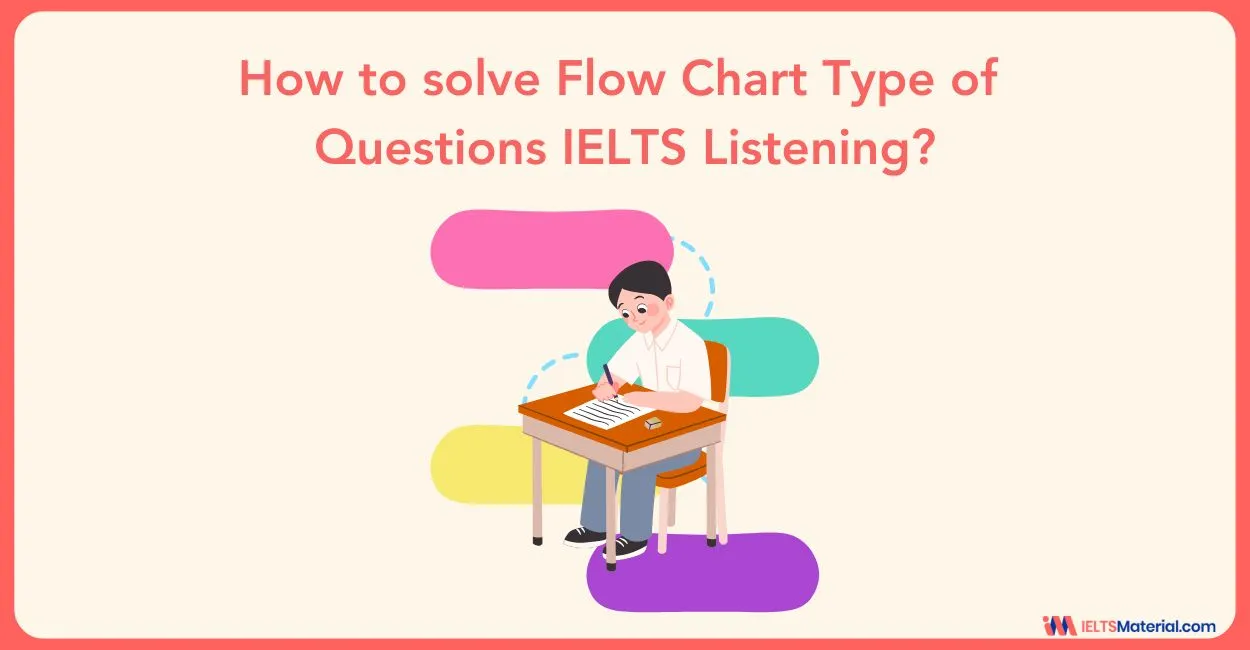A Guide to Concise Writing
3 min read
Updated On
-
Copy link
Table of Contents

Limited-Time Offer : Access a FREE 10-Day IELTS Study Plan!
In the IELTS Writing exam, there are two components: task 1 and task 2. IELTS General Training Writing task 1 asks you to write a letter on the situation requesting, suggesting, explaining the details. It can be a formal, semi-formal or informal letter. In contrast, IELTS Academic Writing task 1 requires you to write a report based on the diagram given in the question. It can be a pie chart, bar graph, line graph, process or map. It is advisable to spend 20 minutes on Writing task 1, which requires you to write at least 150 words.
IELTS Writing exam task 2 is common to both Academic and General. This task requires you to write an essay in which you suggest a solution to the problem, share your opinion and justify your opinions using facts or examples. It is advisable to spend 40 minutes on Writing task 2, which requires you to write over 250 words.
Writing a concise answer is critical, as you must use topic-related vocabulary for your answers, not just some common weasel words. If you use memorised statements in your answers, the IELTS examiners will immediately identify and reduce your scores.
IELTS Writing test marking criteria:
- Grammar and Accuracy
- Task Response
- Coherence and Cohesion
- Lexical Resource
Lengthening your sentences would not help you rank well in Lexical Resource. You’ll just get a 5.5 or 6.0 if you do it that way. The topic-specific vocabulary is what raises the Lexical Resource ranking.
But, what is concise writing?
Concise writing means using the fewest possible words to express an idea clearly.
How to write concise Answers?
1. Remove Redundant words
Removing repetitive words and tautologies can help you write straightforward sentences. Expressions or sentences that repeat the same information twice are known as tautologies. They take extra space in answers and can distract the examiner. Eliminating them simplifies sentences and allows you to get your point across quicker.
| Example
Wordy: Any type of dessert is fine with me. Concise: Any dessert is fine with me. |
2. Strengthen Weak Adjectives
Using good informative adjectives will help you shorten your sentences. Look for instances where you used two words to explain something that should have been described with only one. Increasing your vocabulary will help you make sure you’re using the right word for the topic and that all of your words are in the right place in your sentence.
| Example
Wordy: It was extremely funny. Concise: It was hilarious. |
3. Avoid Filler Words
Filler terms are words that simply “cover” space in a sentence without adding any context or significance. Thus, they are easy to delete or substitute.
| Example
Wordy: There is no doubt that Concise: No doubt Wordy: This is a topic that Concise: This topic |
4. Use active sentences
Few sentence forms are naturally wordier. While the passive voice isn’t wrong and can be used in moderation, it’s usually a weaker form of sentence structure. If you’re tempted to use the passive voice because you think it feels more formal or softens an offensive tone, keep in mind the active voice has a louder and more straightforward tone. Write the majority of the sentences in the active voice; you’ll notice that they’re much more straightforward.
| Example:
Wordy: New workers were hired by the company last year. Concise: The company hired new workers last year. Wordy: A brownie is being baked by Mike. Concise: Mike is baking a brownie. |
Also check :
Explore IELTS related articles

Start Preparing for IELTS: Get Your 10-Day Study Plan Today!
Recent Articles

Nehasri Ravishenbagam

Nehasri Ravishenbagam

Haniya Yashfeen





Post your Comments